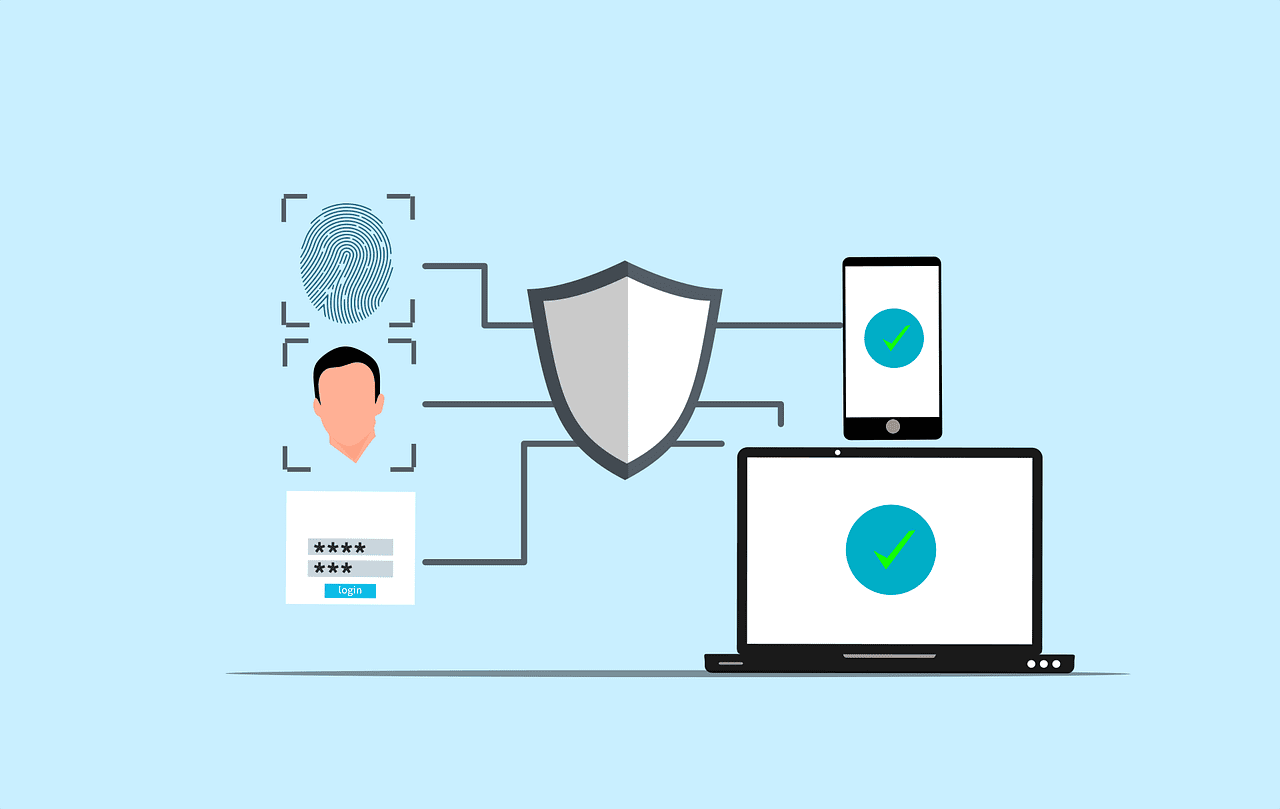
Microsoft Outage and Downtime
Okay, got some more news for you about what’s happening in the world of technology. Hopefully this news will be valuable to you. The first thing I want to talk about is the Microsoft outage that just happened. Microsoft 365 is a whole host of software that all of our clients pretty much use. That includes Microsoft Teams, Email, Exchange Mail online, SharePoint, One Drive and so on.
Well, they had an unexpected outage and the excuse of the outage was “We’ve determined a recent deployment contained a broken connection to an internal storage device which has resulted in impact.”
They did something they didn’t update and it broke a bunch of stuff. But it took them a long time to get it resolved which is a little bit of a shock. Now, this Microsoft outage we don’t really know, was it global, was everyone down? Microsoft is saying it was kind of a spotty outage that only impacted certain regions. But what we do know for sure is that there was some form of outage that started from the evening of the 20th until around noon of the 21st when Microsoft officially claimed the outage was over.
How was I affected during the Microsoft outage?
So what does that mean? If you had an outage and you were working last night in Microsoft Teams or you were sending and receiving emails, maybe you didn’t receive one or you couldn’t connect, something happened. I wasn’t on email or anything during that time last night, but I was on there this morning and I did not see any problems.
So unless I just missed it or it just went unnoticed, we were still functional. Okay so, when that happens, you move your whole team into Microsoft Teams because people are working from home since Covid. And you can’t collaborate, you can’t communicate. It’s pretty impactful to your business.
So let’s talk about up time, what does that look like. Microsoft, we kind of estimate, they had about 15 hours of downtime. Microsoft, on average, has been right around 99.98% uptime, which is a fantastic number.
99.98% uptime is about 1.752 hours of downtime per year. That’s really good. That’s just really good architecture to have such little downtime. That’s probably just pushing updates and there’s a blink and it’s back up for the most part throughout the year.
So they have a really good system. But this outage that they had, if it truly was from last night until noon today, is a lot of downtime. That’s 15 hours or so we estimate. So what does 15 hours mean? That means that Microsoft is no longer getting the three 9’s, 99.9 something. They drop down to a 99.82 and I guarantee you there’s a lot of people at Microsoft not happy about hitting that number. There is a lot of turmoil in that organization about hitting that number. That is a stain on any organization to get below 99.9. That’s not good, that’s a lot of outage. Microsoft averages 1.752 hours per year and now they have 15 hours in one setting, not good.
The outages for the rest of the year, either scheduled or otherwise, are probably going to be shrank down quite a bit. One of the things when we talk about outages in the cloud, some people think 99% uptime sounds great. Well, 99% uptime in a year is 87.6 hours of downtime. So as you look at any cloud host infrastructure, anything going out to a 3rd party, you want to ask them what is their uptime or find that and anything below 99.9 is pretty big.
If you see a 99% uptime, that’s not something to brag about. 87.6 hours of downtime, if it’s consecutive, continuous hours that’s going out of business type of stuff. So you want to be aware of that.
Microsoft Teams – New Features
Okay, next thing. New features in Microsoft Teams. We’re kind of talking about how they failed us and let us down, now we’re going to talk about some of the things they’re actually releasing that we really like. There’s a couple of things coming out that I’m excited about. Microsoft’s going to release Excel Live. If you’re familiar with using Microsoft Teams or One Drive and SharePoint with word files you can collaborate live on a file.
You can be working in the file and you can literally see other people working in the file, watch it change in real time. Fantastic for meetings and sharing documents. Legal teams will use it a lot to help update things and work together. It’s an amazing collaborative tool.
So that’s going to be coming out here soon. And the other thing that I’m even more excited about and that is going to be Microsoft Teams Connect. Microsoft Teams Connect allows you to now connect to other people’s tenants. But it’s done differently because you’ve always been able to connect to other tenants. So what I mean by tenant is we’ve got our Microsoft Office 365 and I can allow someone to have a chat with me on their network or on their teams. But to do that I need to switch back and forth between tenants, which is a pain to do. You lose some visibility into the one tenant while you’re in the other. So what they’re going to do is their going to make it so that the channels from a different tenant are visible inside your tenant.
So you can be in your tenant, talking to your employees, having full collaboration with your employees, and then have someone else you’re communicating with in a channel visible in your tenant that you can then talk to. The downside. They’re really accessible. So if you have an employee or yourself and you’re trying to talk to someone and you click and see Susie’s down here in the tenant and I’ve got a Susie that works for me, I may copy a whole bunch of proprietary information and put it in the wrong chat.
Now Susie’s got it that works for another company. Maybe she’s a vendor and I don’t want her to see that or whatever. So in that case it is more dangerous. And a lot of people don’t do cross collaboration between companies. Now that it is going to become easy, people are going to do it. So it’s very important to look at your Microsoft Team and turn off that feature unless you really want your team to be able to collaborate with other people in other Microsoft Teams.
If your people are very tech savvy and understand technology they’re going to do this whether you want them to or not, so you need to be able to go in and either turn it off, mitigate it in some way. Maybe do some training so people understand the liability of doing that. Because anytime something gets easier, it’s also easier to blow up and cause yourself some grief. So that’s a really good one.
Microsoft Outage and the Cloud
Alright, so I want to talk about cloud really quickly. I’m going to go back to the Microsoft outage. I want to talk about what the cloud really is and how that works.
So, any cloud provider, and there’s lots of different types of cloud providers. There’s the cloud provider like Microsoft that serves up their own custom made applications and they’re delivered through usually a browser like it’s just a webpage and you can access your email but you can also connect through an Outlook client, but it’s not giving you a full desktop view it’s an application, or an application connects to a third party solution like Microsoft 365. So like Outlook, your installed Outlook client connects to Microsoft 365 so you can read your email in the Outlook client. Or that Outlook client is being delivered through a browser.
Hope that made sense. Feel like I did a little word salad, apologize for that. Alright, so that’s one way to do it. The next way to do it is when they say cloud, it’s really just someone else’s computer. So what that means is you’ve got say a terminal server, a Citrix’s farm, but you’re delivering applications with a full desktop view or in what’s called a remote app with Microsoft and Citrix calls it something else, I forget right off.
That is truly on someone else’s server that they’re maintaining. That is really good if you have someone you trust controlling the host and the server and then the 3rd party software company controls the software. If you have two companies managing that, you can succeed. If you have one, you will fail. Now let me explain that.
Electronic medical records company. Almost all of them claim to have their own hosted environment and their own cloud and you don’t need to have all these servers on primp. Go to our cloud and move all of your infrastructure over to us. So when you do that, when you move all your infrastructure over to them if they’re serving that up through a terminal server or Citrix or whatever now you have no visibility.
If things are slow, and I’ve seen this so many times, when things are slow or your doctors are frustrated things aren’t popping up you go to your medical records provider who also is your host for your servers in the virtual environment, in the “cloud” and you say things are slow, help me out here, help me fix this. They come back almost always with well that’s on your end. Everything looks fine on the server. Your internet is slow, or you’re having problems with your network or your computer’s slow or whatever. They never ever accept responsibility for that. I’ve never seen that happen. They always have a default it’s you, not them. And it kind of makes sense because probably a lot of time it is you, not them for their clients.
But that is the patent answer. Then when you push and push, eventually, when you get your gut full and you get your attorney and you’re trying to get out of this multiple hundreds of thousands of dollars contract and you’re fighting these people then all of the sudden the research becomes real. They’re showing that yes, they were performing, and you don’t have all the logs because you didn’t have an IT guy that can really track all this.
You’re not going to win that. You’re just going to be miserable and eventually change EMR’s or you’re going to move it back out of the cloud on prim, which I have seen that as well.
So, when I say that the cloud is good, Microsoft 356, even Google. We don’t use or sell Google. It’s not a bad product. But those are good. Those are cloud applications that are very robust, that are really just standards now. They’re really what everyone needs to be on. There’s no arguing against it, that’s where you should be. So that’s easy to make a decision on. But when we talk about moving applications and databases to the cloud it becomes a different animal.
Again, I’m going to reiterate. It’s okay to have your application company. The company that makes your software, EMR, Allscripts, Greenway, Centricity. Any of those companies can make the software, and they can support it. Where they host that is on a server that may be in the cloud. Do not put that on a server that they control. Put it on a server that a 3rd party controls and that 3rd party advocates for you whenever you say there’s a problem. The 3rd party looks at the actual server, digs into the logs, and says you know what it’s not on this end, it’s on your end and they have control of both those connectivity’s to solve that problem.
If you don’t have that, if you have your application provider also running your server hosting the infrastructure, with the CPO and the processor and all that performance. If they control that, they’re going to tell you to go kick rocks. They’re going to say it’s on your end, your stuff’s slow, you need to fix it. You’re not going to get anywhere, you’re going to be frustrated, I’ve seen it too many times. Hope that makes sense without being too much word salad.
If you have any questions, feel free to reach out to me. That’s all the news I’ve got for today. Have a great rest of your week, thanks.
Share the Knowledge
Managed Service Provider CHECKLIST
Land on the best IT solutions partner for your needs with this easy-to-follow, one-page download.










